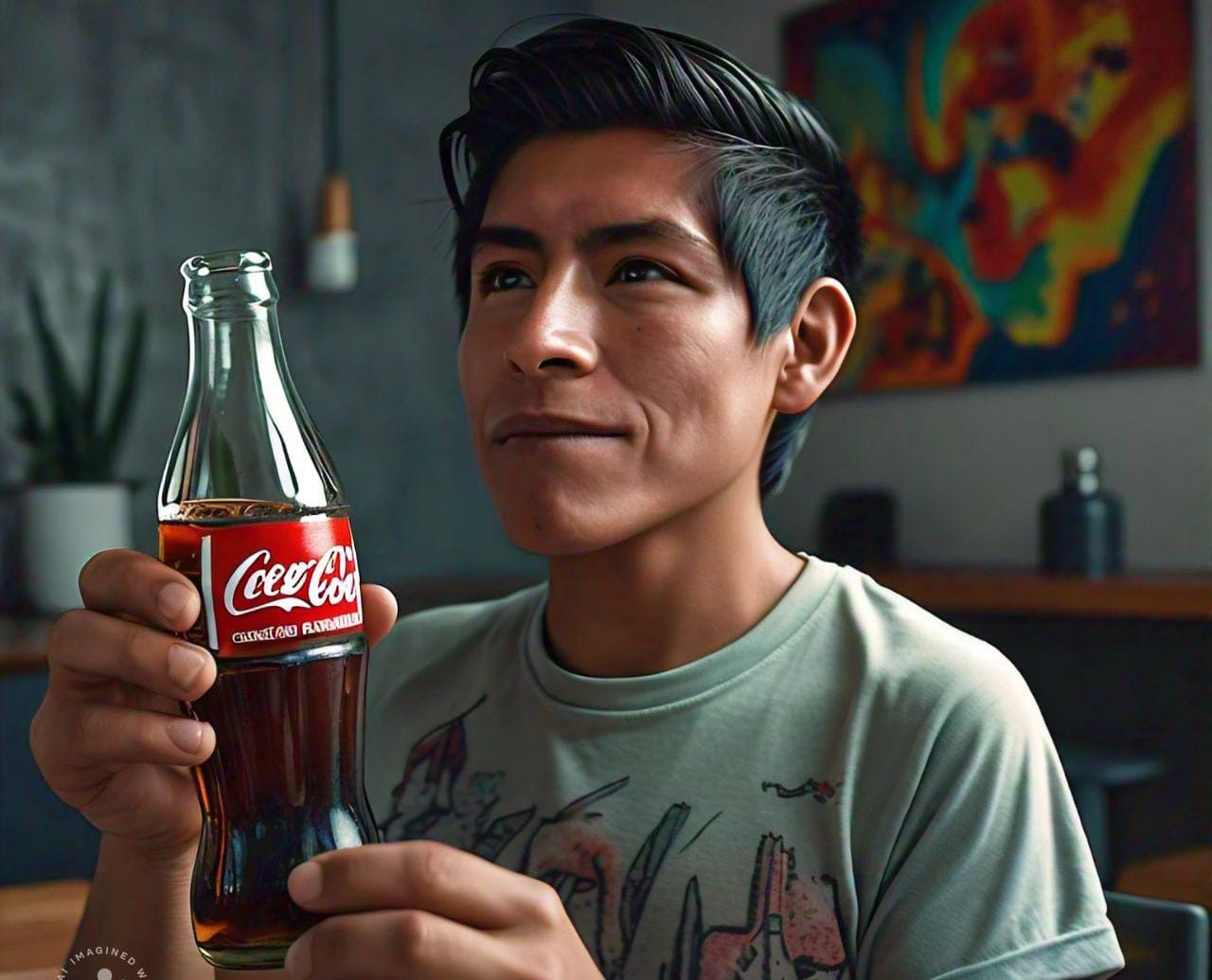
One of the best photographers in history tells you why being famous is not at all important
The photographer Saul Leiter did his best for avoiding fame, but he ended becoming the master of color. He teaches us to live beyond “followers”.
Once I watched a great documentary by Thomas Leach about Saul Leiter's life and philosophy and wrote some words for a Spanish newspaper... A few days ago it came to my mind what Leiter's said:
"There's a tremendous advantage on being unimportant", stated.
And, of course, it is... As well as:
“People worry too much for many unimportant things”.
So, why? Let me guide you to 'In No Great Hurry' (2013) life's lessons:
Seated at his apartment, in the Greenwich Village from New York, Saul Leiter, the quiet photographer, can't keep its hands still.
There are more than six decades of work spread around the flat, a messy tide of photographic negatives, paintings, boxes and more boxes of photos that he was supposed to archive but never did.
"I don't see any reason to be in a hurry," he says to Thomas Leach, the director by 'In No Great Hurry' (2013), the documentary about Leiter's last years and philosophy that was released a few time before his death.
This genius was unable to give anything up except the fame, something he has been evading for more than sixty years.
"Success? What success? I make photos to the people's windows," complains one of the greater photographers of New York. An artist who preferred having a coffee, listening to music and walking than spend one second in making a name for himself.
Saul Leiter was the color photography pioneer in the 1950s, where street photography was black and white.
Furthermore, he captured radical different images that is what happens when you allow life to move you instead of trying to move others.
(or at least, to not worry much about it)
These are three keys from a master of distraction in order not to be upset and stressed for online fame and enjoy what you're working on.
Never assume things are in a way
Saul Leiter grew up in an orthodox Jew family from Pittsburg. His father was an important and exigent rabbi who wanted Saul to follow his steps. But he got fed up with religion and left to New York to become a painter.
One day he visited the photographer Cartier-Bresson exhibition with his friend and also photographer Eugene Smith and his path forever changed. He started exploring photography with a painter's eyes.
RELATED CONTENT

Accept your dark side
For the photographer, there was nothing more important in life that reading, looking at paintings and spending time with his wife, Soemes Bantry, who was the only person who believed in him when nobody else did. That was enough for him.
The man who best captured New York highlights didn't think twice when embracing his own shadow and asking himself about his selfless for fame:
“It wasn't because I didn't want my work to be appreciated, but for some reason -maybe because my father didn't approve what I did- in some place of my being there was a desire of avoiding the success."
He adds:
“Real life is about what is hidden."

Why are you in such a hurry?
Photographers usually must wait long hours until something notorious happens. The great Henri Cartier-Bresson called it "the decisive moment."
Speed isn't good for Leiter, who admired the zen artists that stopped for a while when they finished their work and before starting the next one. He used to be so quiet that once he met the painter Willem de Kooning in the street, he got his camera out and once the painter said "no," he left without saying a word.
In the end, he always preferred those pictures where something is happening in a corner and you have no idea about what it is. An umbrella, a silhouette beyond a window covered with moisture, a normal person's nape...











LEAVE A COMMENT:
Join the discussion! Leave a comment.